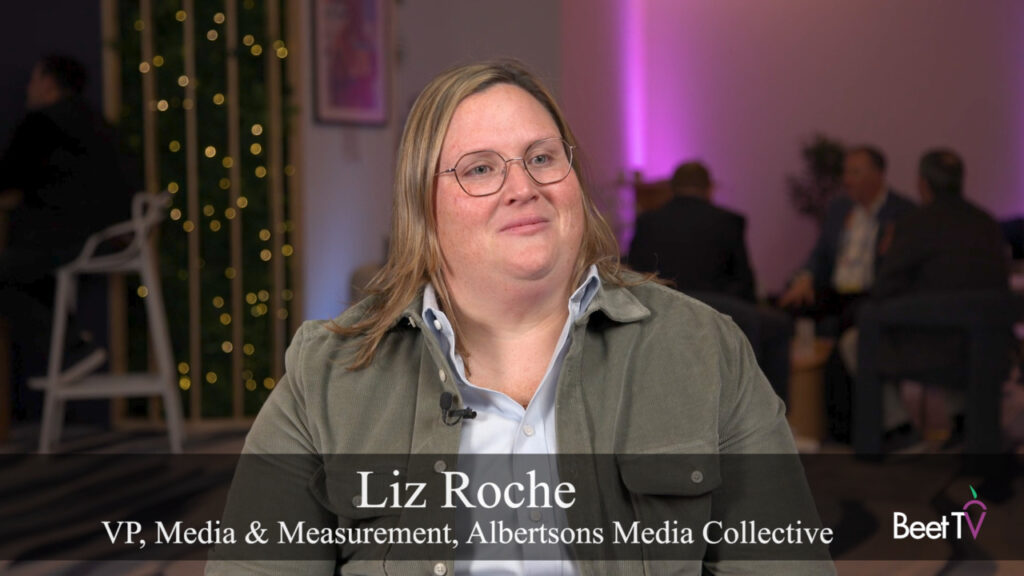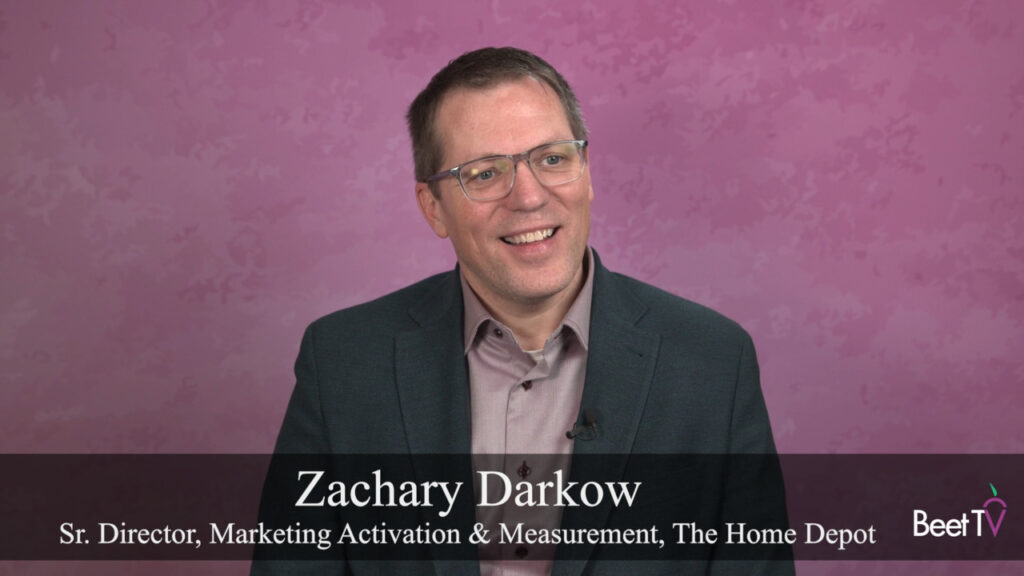By now, you might have already heard plenty about “bots” defrauding advertisers. But what are bots and how do they actually work?
“Bots are not big server farms, they’re individual computers like your own that have been infected by some malware that was wrongfully downloaded -it might be sitting dormant until the botnet operator decides to light your machine up,” according to DoubleVerify CEO Wayne Gattinella, whose company helps advertisers and ad platforms weed out fraudulent ad views.
Those are the mechanics. From here on in, bots take on positively insidious – and certainly damned annoying characteristics in order to ape real internet users.
“It will visit many quality sites to dress itself up and create a profile that is very attractive to an advertiser,” says Gattinella.
“Bots do things that make them look human. In the spring, they golf, they grill, they garden, they visit site s that make them appear like a consumer. They visit travel sites, they go deep in to other sites to make it appear like an auto intender, they fill out forms or shop for fin services.
“Its lifecycle may only last 48 to 72 hours. By the time they enter the inventory supply chain, they have all the characteristics of a very high-value, potentially responsive consumer.”
But, if the idea of computers desperate to look like their human operators seems somewhat quaint, consider this: “They’re siphoning media dollars out of the ecosystem,” Gattinella says.
We interviewed him last week at the BrightRoll Video Summit in Manhattan.


























